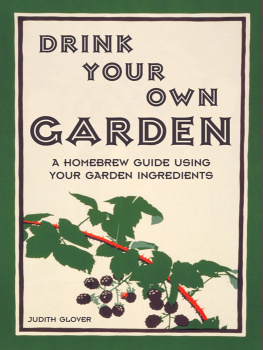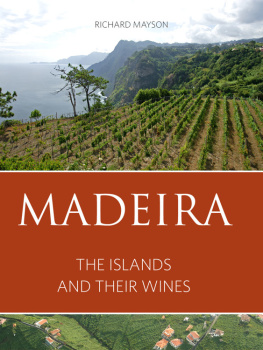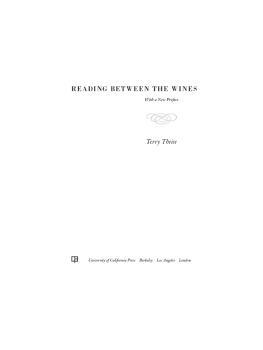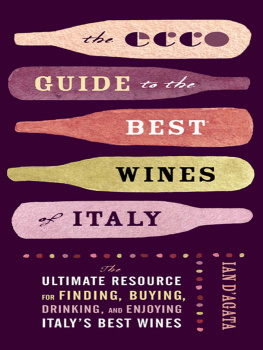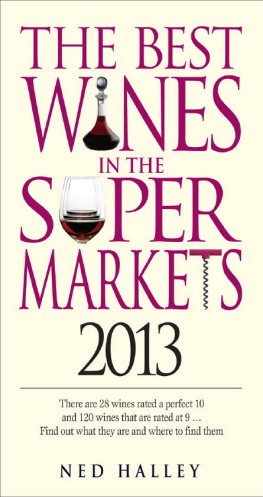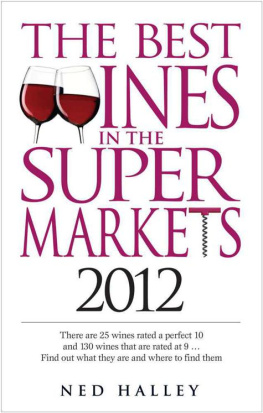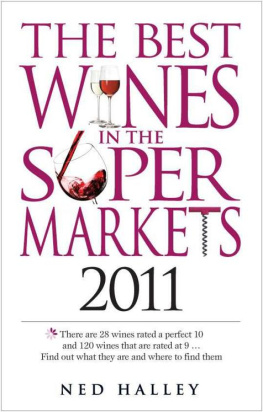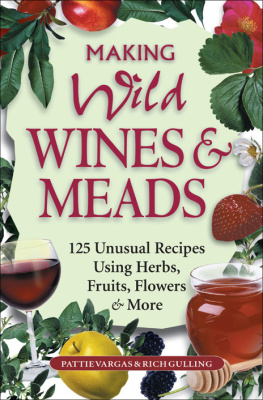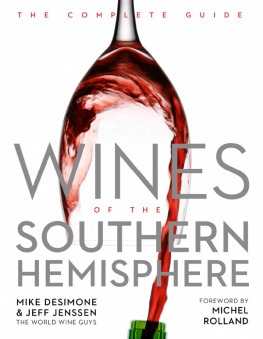

This edition first published in the United Kingdom in 2013 by
Batsford
10 Southcombe Street
London W14 0RA
First published in 1979 by Batsford
Revised in 2013 by Ted Bruning
An imprint of Anova Books Company Ltd
Copyright Batsford, 2013
The moral rights of the author have been asserted.
All rights reserved. No part of this publication may be reproduced, stored in a retrieval system, or transmitted in any form or by any means electronic, mechanical, photocopying, recording or otherwise, without the prior written permission of the copyright owner.
First eBook publication 2013
ISBN: 9781849941181
Also available in hardback
ISBN: 9781849940627
The hardback copy of this book can be ordered direct from the publisher at the website:
www.anovabooks.com , or try your local bookshop.
INTRODUCTION
I opened my front door one winter morning and found lying outside it a cardboard box, heavy with what turned out to be parsnips. There was no mystery about the origin of this gift: a neighbour who has an allotment grows more than his family can consume, and kindly distributes the surplus to friends.
Im very partial to baked parsnips, but not for three meals a day for a week, which is about what it would have taken to get through this offering. So it occurred to me to try making the excess parsnips into wine. I borrowed a library book about the process, bought the minimum of necessary equipment and materials, and had a go. It proved easier and less time-consuming than Id imagined, except for the period afterwards when I wasted hours, hypnotised by what was going on in the fermenting jar and counting the seconds between the rhythmical bubbling of the air-lock.
In fact, it was an anti-climax when the visible working ceased and I had to leave the process to its less dramatic stages. So I bought another jar, and a couple of pounds of in-season carrots, and set another gallon of liquid into foaming activity. Within a month or so the spare room contained a whole line of jars of contents of differing hues, their air-locks sounding away at different rates.
In due course the contents were racked and later siphoned into bottles (with a certain sampling of the raw wine as part of the job), and laid down in the cellar to mature. And each emptied jar was washed and sterilised and almost immediately filled with some new wine-to-be. Without realising it, I had started a hobby.
Ive never ceased to marvel since at the range of things which can be turned into wine, and at the unexpectedly pleasing colours and tastes they produce. There have been failures, of course, some of them obviously my fault, a few quite inexplicable to an amateur. But the hobby has given much interest and satisfaction, not to mention supplied me with a varied range of wines at minimal cost, and no tax to pay. I make more than it would be judicious to drink, so there is the added pleasure of giving bottles to friends (to sell any, even for charity, is illegal). I must admit to a sly satisfaction when serving one of my country wines from a decanter and being asked by its drinkers where I bought such an excellent ros. I always own up, but it says a lot for the attainable results of making wine from everyday materials.
And its that term everyday materials which gave me the idea and title for this book. When you come to consider it, you can literally drink your garden. If you like wine, and are prepared to go to the small effort and expense of making your own, that realisation will cause you henceforth to cast a new and thirsty look upon almost everything you grow. Fruits, berries, flowers, vegetables, leaves, even some weeds all can be transformed into wines of delightful colour and interesting taste.
A sizeable, multi-purpose garden can make you self-sufficient: you might even find yourself planting new things especially to be made into wine, and that in itself could add a dimension to your interest in gardening. If you have only the merest patch it will still yield something, and for further supplies you can drink other peoples gardens, or use the greengrocer as a sort of off-licence for materials.
Speaking of the greengrocer, I havent hesitated to include in the recipes I offer some things which not many domestic gardeners produce. And, taking the view that a farm is a sort of extended garden, I have put in some of the brews which call for the use of barley, wheat, hops, and so forth.
The ingredients Ive included are indigenous to both the UK and USA, hence theres an occasional doubling of names.
I am not a connoisseur or one of those experts who goes about judging home wine contests. I dont belong to a society or club, nor do I enter my produce in competitions; although for anyone who wishes to do those things there is much additional interest, pleasure and companionship to be gained.
The deeper scientific explanations of the wine-making process, with their terminology and tables of figures, I leave to others.
No, Im simply someone who one day opened her door upon some parsnips and drank them.
GLOSSARY
Air-lock Also called a fermentation lock, fermentation trap, air-trap, or bubbler. A device used together with a bung to make the fermenting jar airtight.
Blending Mixing together different wines to correct over-sweetness, blandness, thinness, etc.
Body The wines fullness, or substance.
Bouquet The wines smell, or nose.
Camden tablet A handy form of sulphur dioxide for disinfecting and sterilising.
Clearing The process by which cloudy material sinks to the bottom of the fermenting jar, leaving the wine crystal clear.
Dry Describes a wine free from all sweetness.
Fermentation The process by which yeast converts a sugared liquid into alcohol and carbon dioxide.
Fermenting jar Large glass vessel used for the secondary fermentation of wine.
Lees The sediment of dead yeast cells and other solids which collects at the bottom of the fermenting jar.
Maturing Storing wine in corked bottles to allow its body and bouquet to develop fully.
Must The pulp, the mixture of ingredients from which wine is made.
Racking Using a tube to siphon wine off the lees, to transfer it from one jar to another to help it clear.
Straining Passing the raw wine through finely meshed cloth to separate the liquid from solids suspended in it.

EQUIPMENT
Home wine-making is one of the least expensive hobbies. You dont need to spend much on special equipment in fact, apart from corks, air-locks and the like which can be bought very reasonably from any wine equipment supplier (listed in the telephone directory Yellow Pages but if there isnt one near you, search the internet: most homebrew specialists trade online these days), most of the things youll need are probably already in your kitchen. But please dont use chipped or cracked utensils, and make sure that any plastic vessels you use are food-grade. Wine-making is really no different from preparing food, and needs just the same amount of care in hygiene clean hands, clean tools, and clean work surfaces.

